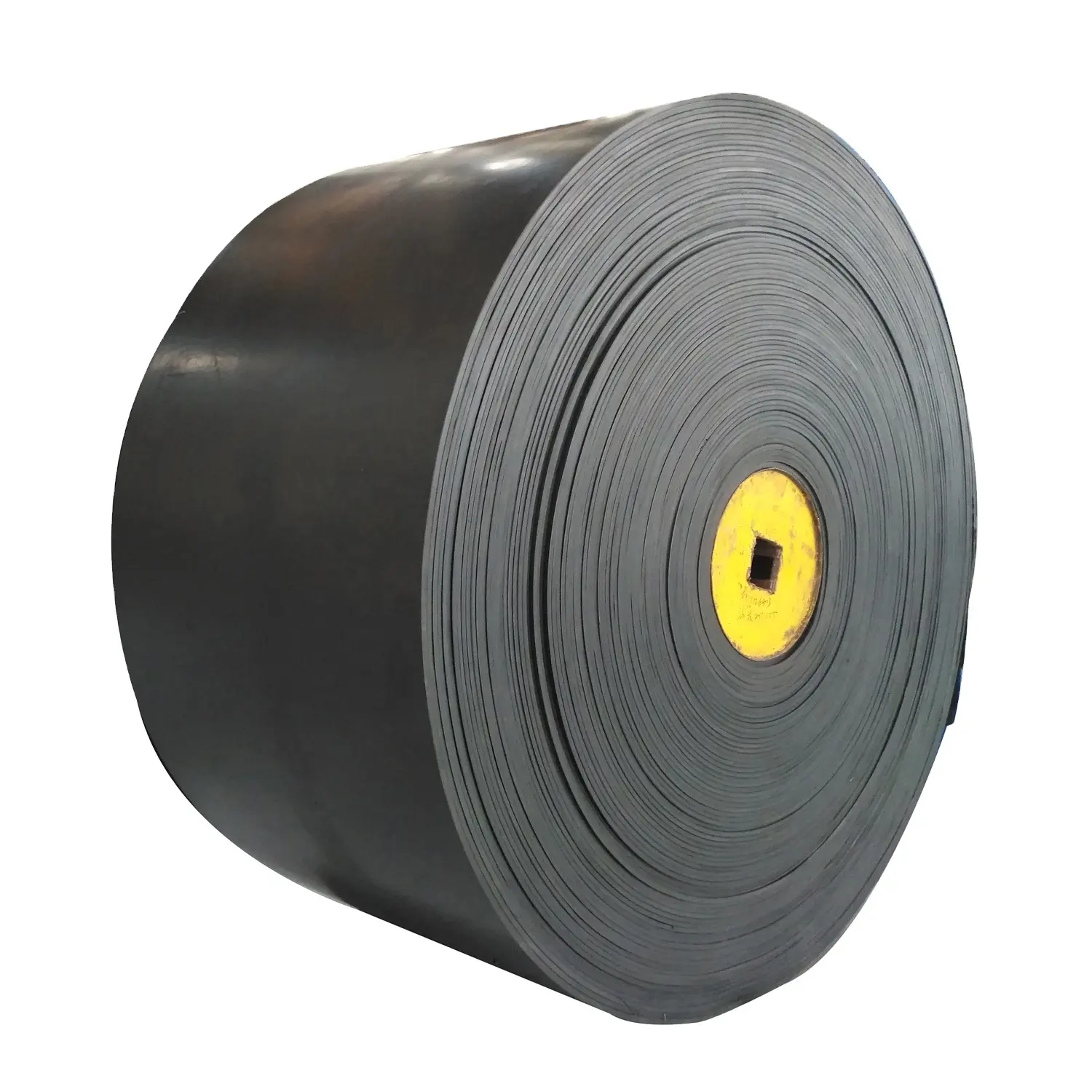Featured Articles
Imports cloud looms over EU tire makers
10 October 2022
31 Oct 2016
Indianapolis – Semperit AG’s Sempertrans Conveyor Belt Technology business made a splash at the 2015 NIBA – the Belting Association’s convention – when company officials said the firm was considering the launch of a production plant in the US.
At that time they said the facility would fall under a joint venture with Atlanta-headquartered Shaw Almex Industries Ltd, a producer of conveyor belt vulcanisers, industrial and production presses, and conveyor belt repair products and splicing tools.
That was during a difficult period for heavyweight conveyor belt producers, so it was surprising. But the market for conveyor belts hasn’t improved. In fact, it may be a little worse.
Nonetheless, Boris Illetschko, who heads the Sempertrans segment, said the firms are still considering the possibility.
If the companies move forward with the plan, Semperit and Shaw Almex would establish a state-of-the-art conveyor belt factory to produce fabric reinforced conveyor belts.
Illetschko said Semperit is getting close to resolving the matter. He said North America is right behind China as the second largest conveyor belt market in the world, and that makes it extremely attractive.
The right combination
“We believe Sempertrans has the right technology and product portfolio to be an attractive alternative supplier for customers in the US, Canada and Mexico,” Illetschko said at this year’s NIBA gathering, held 14-17 Sept in Indianapolis. “North America is still a growth market for us. We’ve had a sales team in the US for three years.”
It could make significant gains in the North American market with a new production facility, Illetschko admitted, especially in terms of producing made-in-the-US products and meeting delivery time-related requirements of North American customers.
In fact, he said Vienna-based Sempertrans’ best growth prospects are in the Americas – both North and South – and in the Asia/Pacific region. Its strongest base is in Europe.
Sempertrans currently produces its products at plants in Poland, France, China and India to be close to its customer base and to be able to offer short lead times as well as competitive pricing to the firm’s customers, Illetschko said.
It is expanding its production capacity two-fold in Poland because of its market success in Europe. The company initially finished an expansion at the plant in 2015 and will complete another capacity addition in 2018.
However, Sempertrans was one of two businesses Semperit mentioned on 20 Sept when in a revised financial outlook update company officials said that because of the continuous difficult situation in the medical sector and cyclical decreasing demand in the industrial sector, especially in the Sempertrans segment, operational results in 2016 will be well below of those recorded in 2015.
Semperit expects declines of about 10% for the overall company’s EBITDA and about 20% in its EBIT.
Profitability could be improved by continuous process optimisations and efficiency enhancements as well through a cost reduction programme, the firm said.
“At Sempertrans, we are continuously working on optimising our cost,” Illetschko said. He added that the cost reduction programme referred to by the company is related to Sempermed not Sempertrans.
He noted, too, that despite a very challenging market environment in 2015, Sempertrans was able to win market share while increasing its sales by 13% over those recorded in 2014.
Despite the most recent results, he said the expansion into the US is still a feasible option.
More services
Meanwhile, Sempertrans has focused during the last year on becoming more of a solutions provider than it has been in the past, providing counselling, technical assistance and, if needed, help with installations, Illetschko said, although it has made sure it avoids conflict with its distributors. “We sell directly to distributors, OEMs and some customers.”
Sempertrans’ application engineering and field service teams provide customers with customised technical consulting services for conveyor systems and the company’s products, he said. Other services he cited include design and configuration of conveyor belts and conveyor system audits and improvements along with splicing supervision and others.
Its main customers are in the mining industry but other important markets for the firm include the cement and steel industries, ports as well as other bulk handling applications such as thermal power and heating plants, quarries and the chemical industry.
While the company’s main focus is on heavyweight conveyor belts, its product portfolio also includes belts for lightweight applications such as those needed in the packing and recycling industries.
In the last few years, Illetschko said, Sempertrans has invested heavily to improve its technical application engineering capabilities to support customers. The firm also has invested in advanced production and technical equipment, “enabling us to produce our products at the highest technical standards and shorten our delivery times,” he said.
In addition, the company has been introducing new products and made numerous advances in technology.
Earlier this year, for instance, Sempertrans combined with Italian ropeway maker Leitner/Agudio and came out with a new system called Agudio Flyingbelt that’s tailored for bulk transportation over long distances using conveyor belt and ropeway technologies.
Agudio Flyingbelt is already in use, connecting a limestone mine in southeastern Brazil with a cement plant owned by Lafarge-Holcim, the world’s largest producer of construction materials. Spanning about 4.3 miles—the longest such system in the world—the elevated belt transports about 1,500 tons of limestone per hour at a height of up to 118 feet, Semperit said.
Sempertrans’ conveyor belt, which it produces in France, is capable of overcoming terrain that only can be accessed with difficulty, Semperit CEO Thomas Fahnemann said. It “also transports material efficiently and in an environmentally-friendly way. More than 40 truck journeys every hour are saved.”
Illetschko said the giant conveyor belt is more cost effective, efficient and environmentally friendly compared to conventional truck transportation.
Subscribe for unlimited access. A subscription to European Rubber Journal includes:
Already a subscriber? Log in here



